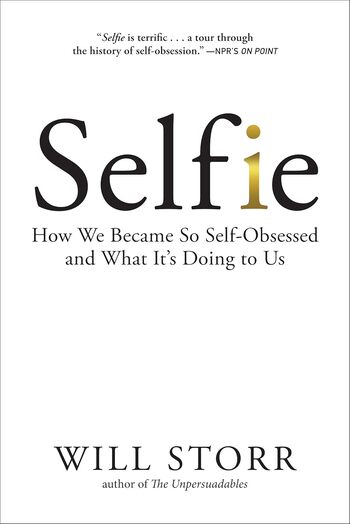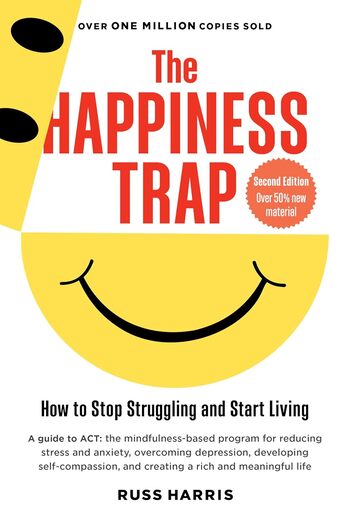
A practical guide to applying Stoic philosophy, distilling ancient wisdom from figures like Marcus Aurelius and Seneca to navigate modern life’s challenges.
Main Lessons
- Stoicism aims for happiness through wisdom and virtue.
- The highest good is virtue, which supersedes love and friendship.
- Understanding nature’s role informs our social interactions.
- The dichotomy of control highlights focusing only on what one can change.
- Worry about uncontrollable events is seen as wasted energy.
- Introspection leads to serenity and wisdom, a Stoic principle.
- Cultural similarities exist between Stoicism and practices like the Serenity Prayer.
- Stoicism encompasses practices like examining impressions and acknowledging impermanence.
- Using virtues actively in response to life’s challenges.
- Stoic advice: pause, breathe, and apply reason.
- Responding to life’s reversals with understanding and composure.
- Valuing thoughtful speech and selecting good company.
- Insults are met with humor, indicating mastery over emotion.
- Universal causality in Stoicism raises questions about free will versus determinism.
- Modern Stoicism offers tools to cultivate character and virtue.








